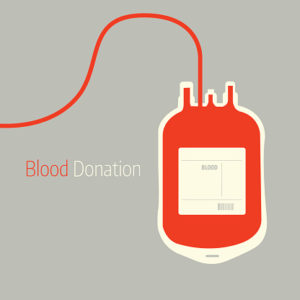The Retrovirus Epidemiology Donor Study-II (REDS-II) is currently monitoring more than 50% of the U.S. blood donations. From 2010 to 2013, donors completed a questionnaire to characterize their motivations for donating blood. A total of 1,587 donors who had a false positive test for either human immunodeficiency virus (HIV), human T-lymphotropic virus (HTLV), hepatitis C virus (HCV) or hepatitis B virus (HBV) were compared to 1,002 donors who were truly positive for HIV, HTLV, HCV, or HBV. Over 90% of both groups donated blood “to help someone in need.” For each infection type, donors with true positive cases were more likely to report “test seeking” behavior (18-22% vs. 9.0%; P<0.01), but this was not statistically significant for any infection type after adjusting for demographic characteristics. Among the HIV positive cases, 13% thought donation screening policies were unfair mainly due to the deferral policy for men who have sex with men. Study results are reassuring for motivations to donate blood and provide a baseline for future studies to assess the risk of non-compliance for deferral policies.
Reference:

